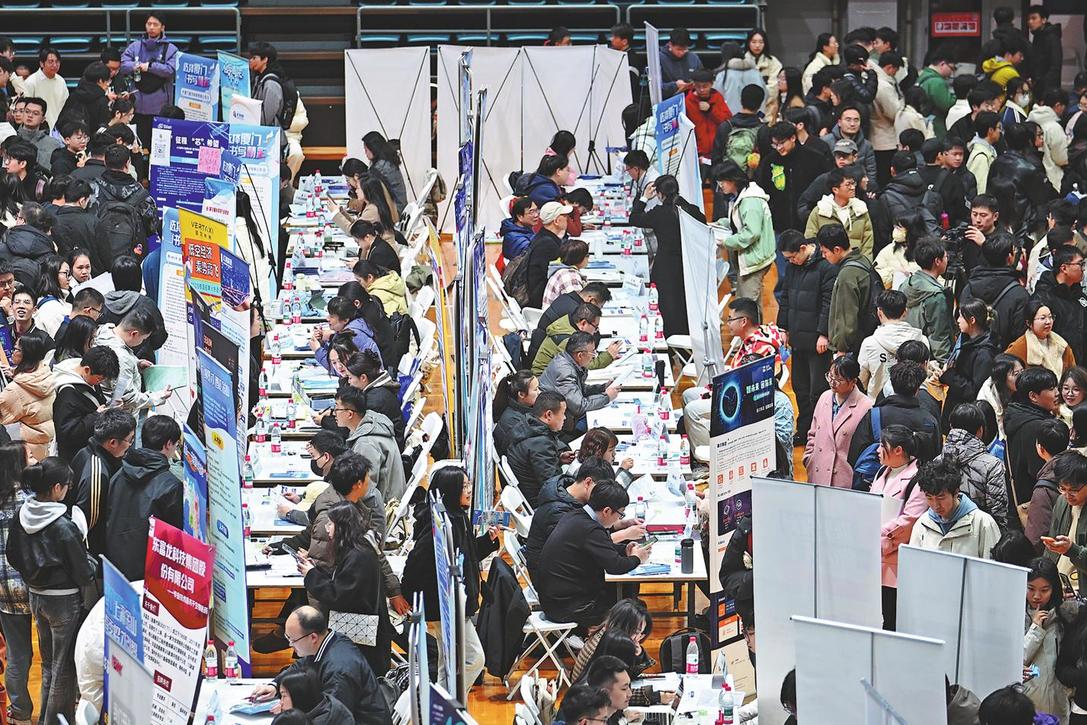Shaanxi hosts historical gathering
Experts convene at the 4th Congress of Chinese Archaeology to share the latest findings and discoveries, Wang Ru reports in Xi'an.
By Wang Ru | China Daily | Updated: 2023-11-16 08:01

According to Chen Xingcan, director of the Institute of Archaeology, CASS, the congress has been successfully held three times before, with each focusing on a frontier academic issue.
Each congress witnesses the latest discoveries and research progress in China's archaeological studies, progress in the comparative studies of ancient civilizations in different regions across the world, and the rising global influence of Chinese civilization, says Chen.
During this year's congress, archaeologists say findings offer clues about China's development as a multiethnic country.
According to Yang Yong, a researcher at the Institute of Archaeology, CASS, the Qin (221-206 BC) and Han (206 BC-AD 220) dynasties were critical to ancient China's formation and development as a multiethnic country. As a result, it was not accidental that some groups in what is now the southwestern part of the country became part of the Han Dynasty.
Archaeological studies of bronze bells unearthed on the Yunnan-Guizhou Plateau dating back to the Han Dynasty show that they mainly consist of two types: one with semicircular suspension loops, and the other with sheep's horn loops.
According to Yang, the former was created under the influence of the central region. "The groups living on the plateau are believed to have connected with the music bell culture of the central regions in the later stage of the Warring States Period (475-221 BC), and were influenced by that.
























